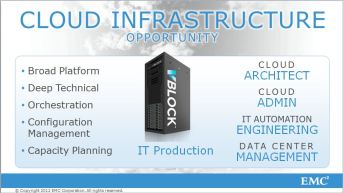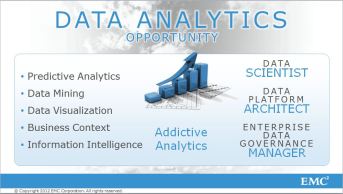This is the last of the three posts about Transform IT+Business+Yourself..
If you are a road-warrior, like me you will often be asked, “How to do cope being on the road so much?” Well I have a confession, I love it! The idea of coming to work each day and doing the same thing every day scares me. Tim Longhurst, @timlonghurst, had a little model about people’s attitude to change; the edge people who actively look for the change and think outside the box, there are the people who go along with it and there are the anchors that do everything in their power to maintain the status-quo.
To me learning about or creating something new is the same as that new toy you got as a child. (Which I do get accused of being by my colleagues every time I walk in with a new gadget, which is currently the 7” Samsung Galaxy Tab2.)
Personally, I have a big problem with the anchors, who love to say, ‘we have always done it this way!’ The past is just a lesson on how to improve it next time. After all, advancement is only achieved by building on what has been done before, by standing on the shoulders of giants… etc. etc. (I could make some statement about why the Apple/Samsung court case is bad for our market in general and will stifle innovation, but let’s not go there now.)
So back to the point here, Transform IT+Business, will only happen if we take heed of the major trends affecting our skills and teams:
– Transform IT by breaking down silos:  We got a hint of this when virtualisation started and the VMguy had to know about everything. The virtual machine not only contained the application but abstracted storage and networking. Suddenly the breadth of skills had to expand and an understanding of all domains became mandatory. To me this is why Australia led the world, as the average Australian IT professional has always had a far wider skill set than almost all the northern countries.
We got a hint of this when virtualisation started and the VMguy had to know about everything. The virtual machine not only contained the application but abstracted storage and networking. Suddenly the breadth of skills had to expand and an understanding of all domains became mandatory. To me this is why Australia led the world, as the average Australian IT professional has always had a far wider skill set than almost all the northern countries.
– Transform from Technology to Service Delivery
As automation and orchestration look after work ‘not fit for humans’, the humans apply their intellect at a higher level, to work with the organisation and understand their needs and then working out how best to deliver the service to meet those requirements.
– Transform Business by finding the Information, Knowledge and Wisdom within the Data:  To do this a multi-disciplinary approach is needed to be able to investigate, theorize, and discover the relationships and trends and the correlations that exist in the vast amount of data we all have access to.
To do this a multi-disciplinary approach is needed to be able to investigate, theorize, and discover the relationships and trends and the correlations that exist in the vast amount of data we all have access to.
Exciting times ahead, embrace them and enjoy the journey!


